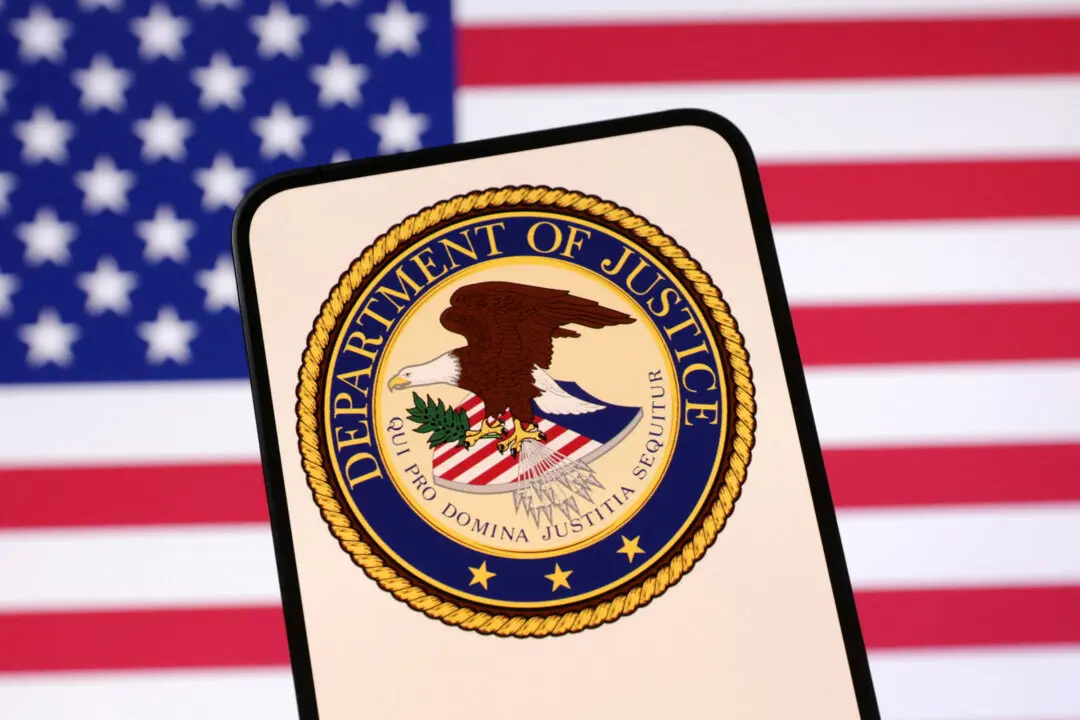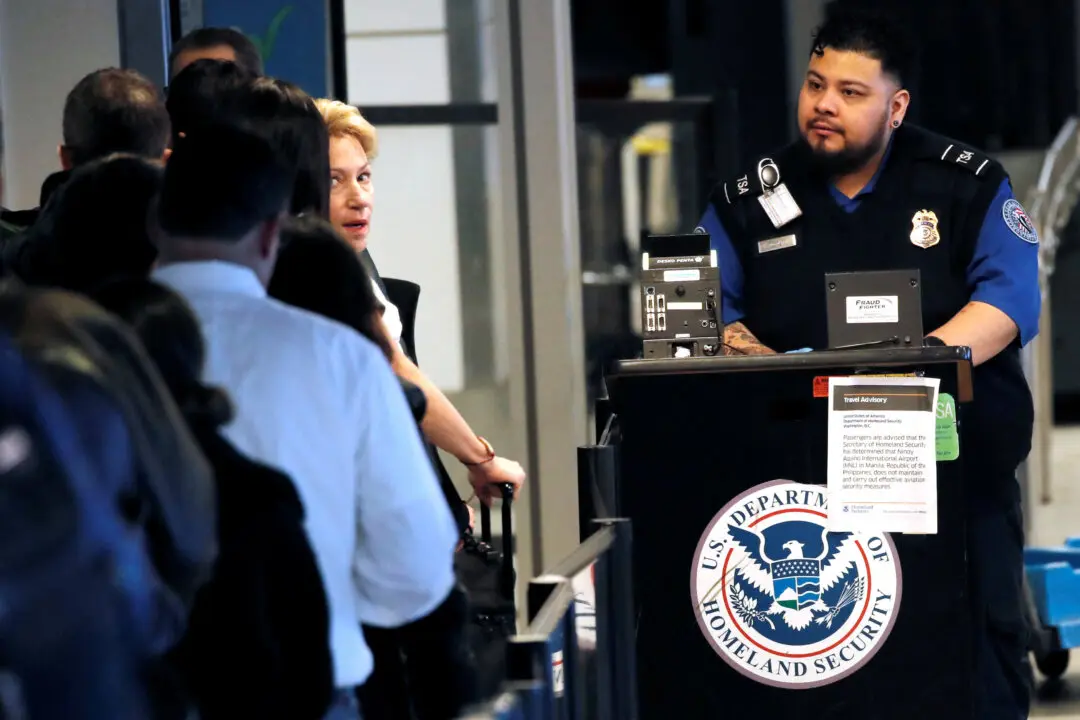LONDON—A sliding dollar came under more pressure on Thursday, as traders took surprisingly slow U.S. inflation as a signal U.S. interest rate rises will be all but finished by month’s end.
U.S. data on Wednesday showed inflation slowed a lot faster than expected last month. That gave rise to the biggest one-day dollar sell-off in five months and left the greenback at its lowest in over a year against the euro and sterling, and at its lowest in over eight years against the Swiss franc.





